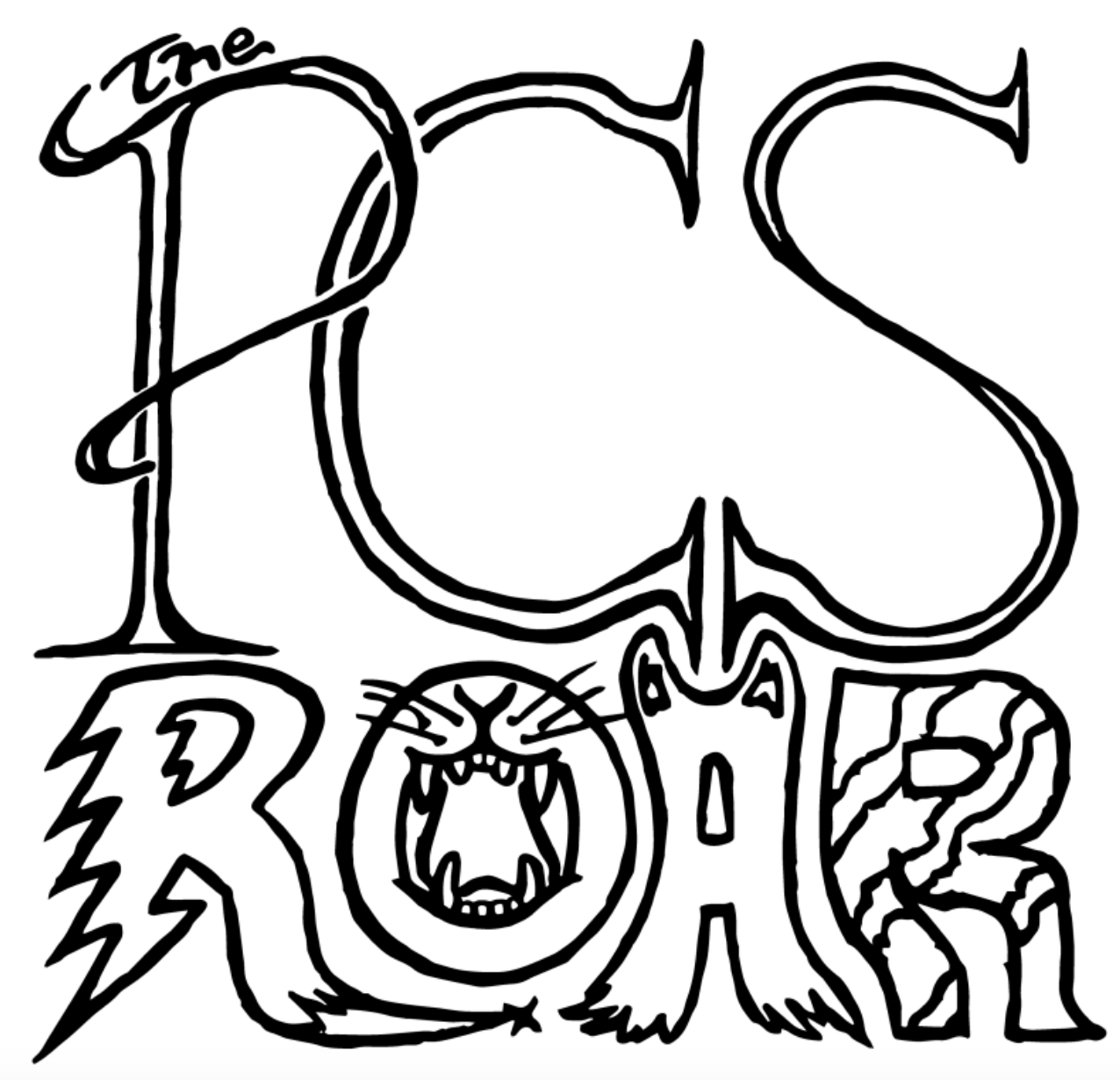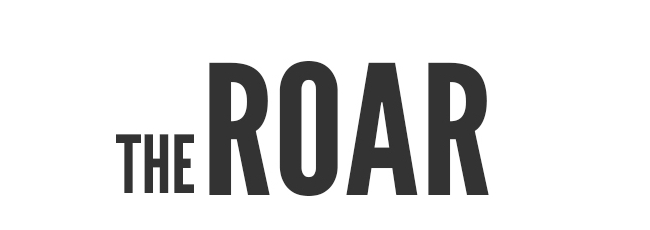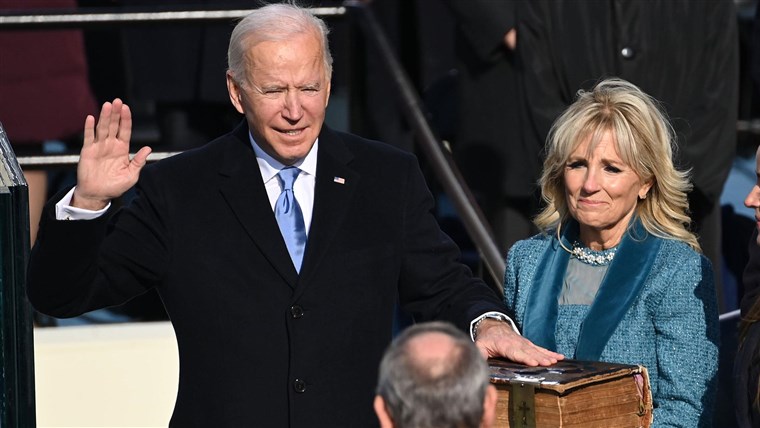Biden Inauguration Full of Historic Firsts
March 1, 2021
On Wednesday of January 20th, Joseph R. Biden Jr. was sworn in as the 46th president of the United States. In the minutes preceding Mr. Biden’s swearing in, Kamala D. Harris took the oath of office as Vice President, making history as the highest-ranking woman in the history of the United States, as well as the United States’ first Black and first South Asian Vice President.
Many aspects of the day made it stand apart from years past, including the historically heightened security measures, Covid-19 precautions, and the absence of the outgoing President. Prior to former President Donald Trump, a total of three past presidents are known to have boycotted their successor’s inauguration. Mr. Trump was the first to do so in more than a century and a half, with the last recorded instance of it taking place when Andrew Johnson did not attend Ulysses S. Grant’s inauguration in 1869. Despite Mr. Trump’s absence, former Vice President Mike Pence was in attendance on Wednesday.
In his inaugural address, President Biden focused on addressing the challenges currently facing the nation, and called for unity amidst a greatly divided and polarized audience. His calls for unity were underscored by the events of the prior weeks, when a pro-Trump mob stormed the United States Capitol in protest of election results, forcing lawmakers to flee the Capitol. In his speech, Mr. Biden never directly named Mr. Trump, who, as of February 13th, has been acquitted of inciting insurrection. However, Mr. Biden did reference the Capitol Riots by calling out the forces of “political extremism, white supremacy, domestic terrorism,” in his speech. Furthermore, he did indirectly address the baseless claims of election fraud, perpetuated in large part by Mr. Trump, which had fueled the actions of the mob.
Within the day, Mr. Biden signed his first executive orders, many of which reversed some of the signature policies of the previous administration. These executive orders most notably included actions to impose a mask mandate on federal property, as well as actions to rejoin international agreements such as the Paris climate accord. Among other things, he also signed orders to halt the United States’ withdrawal from the World Health Organization, suspended the construction of Mr. Trump’s border wall, lifted the travel ban on certain primarilly Muslim countries, and barred discrimination by the federal government based on sexual orientation or gender identity. He also sought to make census more inclusive and reimplemented some environmental protections.
Some of the other executive orders which Mr. Biden signed during his first day in office were quite substantive, while others were largely symbolic, as they will still require legislation to create lasting changes.
Following Inauguration Day, the Biden administration planned to have each day of January centered around a specific theme, addressing issues such as Covid-19, economic relief, equity, climate, healthcare, and immigration.
Many inaugural customs were eliminated due to the virus, some of which include “a lunch with congressional leaders in Statuary Hall, a full-scale parade down Pennsylvania Avenue, and the gala evening balls.” In lieu of these past traditions, famous entertainers participated in a virtual livestream, titled “Parade Across America,” hosted by the actor Tom Hanks.
One of the most notable parts of the Inauguration day ceremony included a powerful recitation by Amanda Gorman, who became the youngest inaugural poet in American history at the age of 22. Her poem, realistic yet hopeful, reflected the political divisions that have fractured and polarized the nation, but also offered the promise of greater unity.


